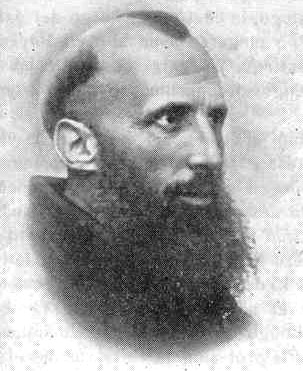The Real Presence of Christ in the Eucharist is embodied in the Mass: The two are inseparable and it is an ongoing Miracle that is always occurring
The United States has a population of close to 330 million people. Of those, there are more than 74 million people who claim to be Catholic. 70 million are registered (signed in with a parish as members). That means that Catholics comprise more than 22% of the entire population of the USA. Approximately 38% of the 70 million attend weekly Mass (roughly 26.5 million).
Of those claiming to be Catholic, many do not practice their faith, and among the millions who do attend weekly Mass, many do not even believe in one of the Church’s most fundamental teachings: the Real Presence. The Real Presence means that Jesus Christ becomes truly present, Body and Blood, Soul and Divinity, under the appearances of bread and wine, on the altar during the Holy Sacrifice of the Mass (note the word—Sacrifice). Pew Research did a recent survey and found that 7 out of 10 people who say they are Catholic do not believe this.
That finding is hard enough to comprehend, but this is the one that seems hardest to fathom; of those Catholics who attend Mass once a week, 63% know the church’s teaching, but 14% of those attending do NOT believe it, and 23% say they “do not know of it.” That means that 37% of those going to Mass has no clue what is going on. Why are they coming to Mass? What’s the point? Why not just go to a revival meeting in a tent? What happened to all the “believers?”

Courtesy of Deborah Burton. Used with permission. All rights reserved.
We must have the Mass to have the Eucharist. They are inseparable, for it is within the Mass that the ordained Catholic priest can consecrate simple bread and wine into the Body and Blood of Christ. Make no mistake, my friends, this is not a “remembrance” or a “memorial” or a “tribute.” This is the unbloody Sacrifice of the Cross being offered again and again and again to God the Father for all of us, for all time, in perpetuity.
Something deeply mystical happens during the Catholic Mass that many Catholics do not seem to even be aware of, much less understand. When the Catholic priest bends forward over the bread and wine and says the words of consecration, “This is My Body … This is My Blood,” the bread and wine become the actual Body and Blood of Jesus Christ.
This holy Council [The Council of Trent 1545-1563] now declares again, that by the consecration of the bread and wine there takes place a change of the whole substance of the bread into the substance of the body of Christ our Lord and of the whole substance of the wine into the substance of His blood. This change the holy Catholic Church has fittingly and properly called Transubstantiation. (Catechism of the Catholic Church 1376)
The Last Supper was the very first Mass celebrated, and it was offered by Christ Himself. Jesus instituted the priesthood at this moment in time, and the Apostles became the first priests (Judas had already left). This was when Jesus empowered them to do as He did.
Our Catholic faith teaches us that Christ is TRULY PRESENT on the altar at Mass. Pick up your missalettes in church and go to the Roman canon. See the wording after the Consecration:
We, your servants and your holy people, offer to your glorious majesty from the gifts that you have given us, this pure victim, this holy victim, this spotless victim, the holy bread of eternal life and the Chalice of everlasting salvation.
In humble prayer we ask you, Almighty God: Command that these gifts be borne by the hands of your holy Angel to your altar on high in the sight of your divine majesty, so that all of us, who through this participation at the altar Receive the most holy Body and Blood of your Son, may be filled with every grace and heavenly blessing.
Through Christ, our Lord. Amen
Christ is with us, and we, the people, are offering Him to God the Father. Our reward is the Risen Christ given back to us in the Eucharist by our Father in heaven. This is the Mystery of Faith, and this is what we believe (or are supposed to believe). I know this is what I believe.
The meaning of this is beyond the pale. It transcends human comprehension. This is when yesterday becomes today, and tomorrow became yesterday. The Mass enables us to briefly step into the “eternal now” and to take a peek at the life within the Holy Trinity and the love being shared inside it. And never forget that this Holy Sacrifice is being offered somewhere on the planet every day of the year, ’round the clock. Imagine that: somewhere, every day, ’round the clock. It is the most beautiful thing this side of heaven.
It is time for the clergy to lead us all forward in an ongoing offensive bombarding their worldwide flock with the truth of the Holy Eucharist. Then it is up to the laity to carry this fact forward. It is fundamental to the Catholic faith, and somehow, somewhere, this miraculous truth has been cast aside. Maybe a different kind of Resurrection is now needed, the Resurrection of Christ in the Eucharist. (See tangible proof: Eucharistic Miracles.)
CHOICES
Perfection unbridled
That tells us why
And will let us understand
If we choose to see
this splendid Oblation
A perfect purity
This gift called
The Mass Ignored yet
Somewhere each minute
For us to share
The Answer there
The Perfect Love
But — choices.
Copyright Larry Peterson 2019


